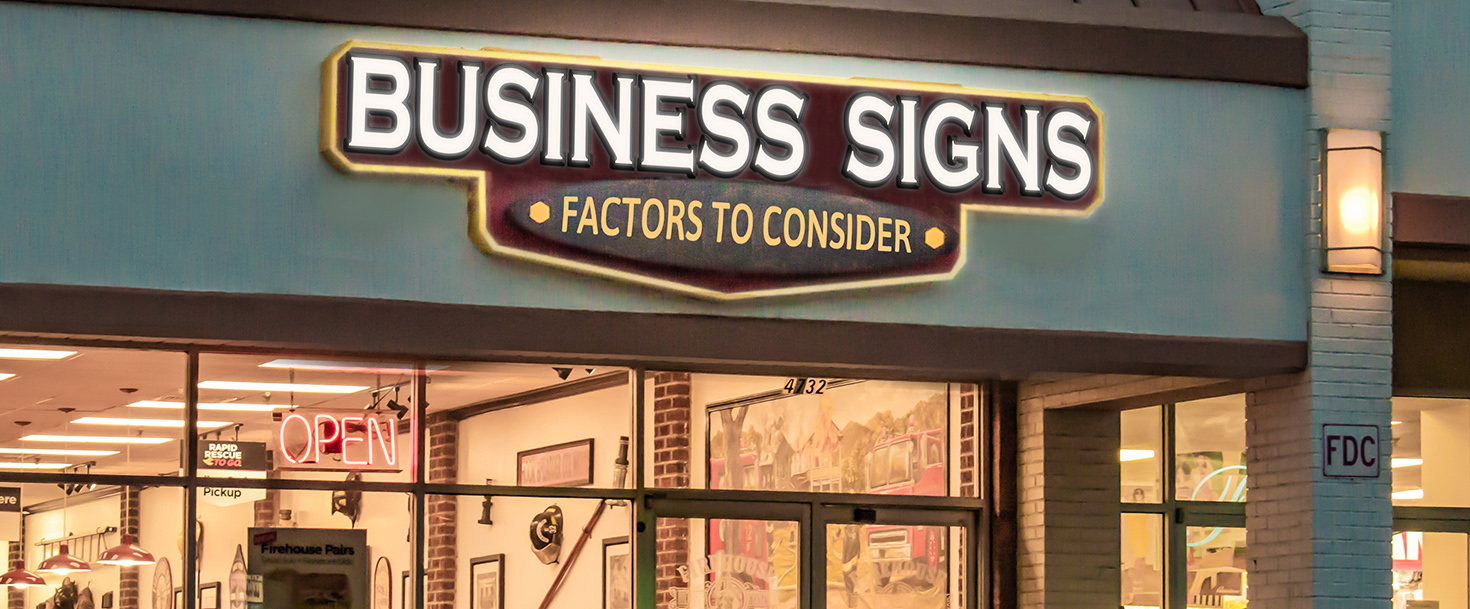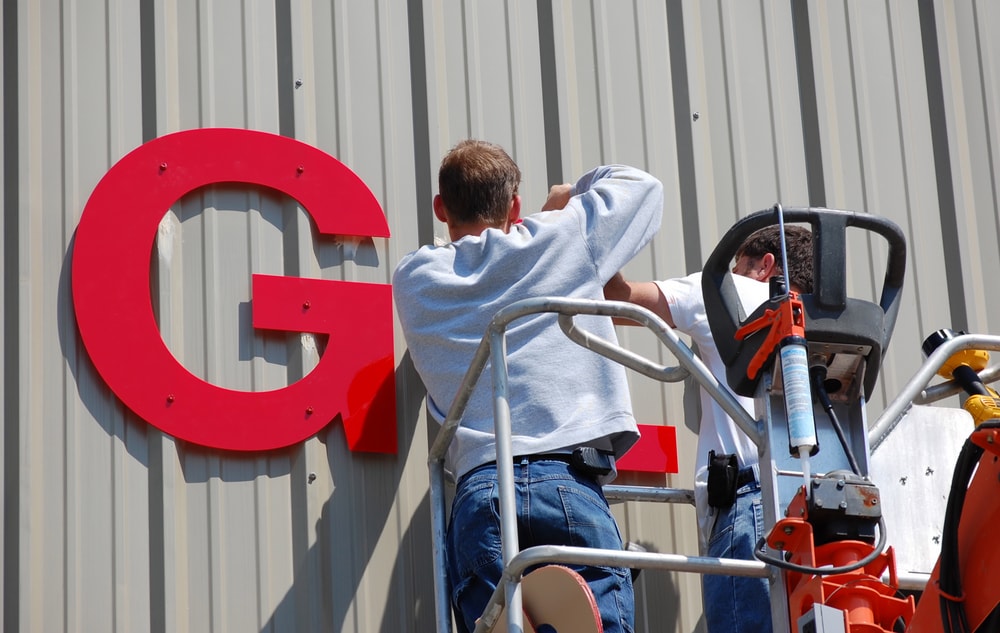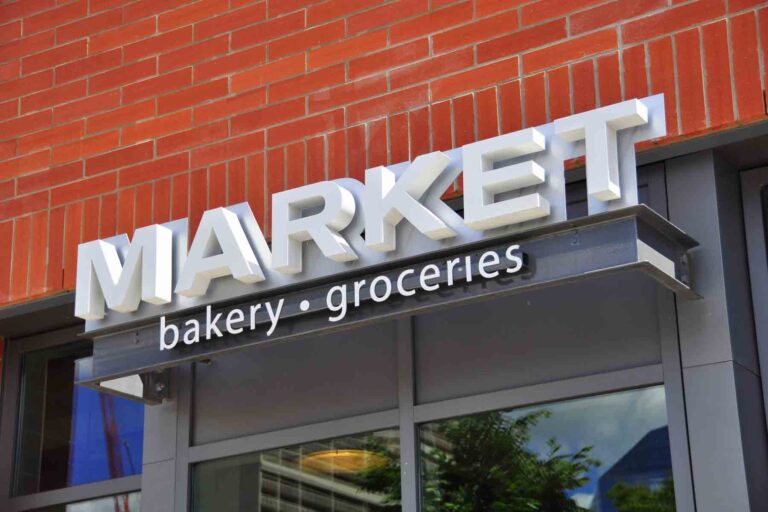When considering commercial sign installation, the costs can vary widely based on several factors. Understanding these can help you plan and budget effectively for this crucial aspect of your business’s marketing and visibility. This blog post delves into five essential elements affecting commercial sign installation costs, providing valuable insights to guide your decisions.
1. Type and Size of Sign
There are various types of commercial signs, including pylons, monuments, channel letters, and LED signs. Each has different uses, visibility, and installation requirements. For instance, a large pylon sign that stands tall for highway visibility is considerably more expensive than a simple storefront sign due to the materials and structural support needed.
The size of your sign directly impacts the cost due to materials, labor, and machinery required. Larger signs, especially those needing structural engineering for support, can escalate costs quickly. Conversely, smaller signs reduce materials and labor, making them more budget-friendly.
2. Material and Design Complexity

Materials such as metal, acrylic, wood, or LED lights vary in price and durability. High-quality, durable materials like aluminum or stainless steel are more costly but offer longevity and resistance to weather conditions. On the other hand, less expensive materials may reduce initial costs but lead to higher maintenance or replacement expenses in the long run.
Complex designs require more time, specialized labor, and materials, which can increase costs. Intricate logos, custom fonts, or advanced lighting techniques such as backlighting or halo lighting add to the expense. Simple designs are generally more cost-effective and can still effectively convey your brand message.
3. Permitting and Regulations
Local regulations vary widely and can significantly impact your sign installation project. Zoning laws may restrict the size, type, or placement of your sign, which might necessitate changes to your original plans. Ensuring compliance from the start can help avoid costly modifications or fines later.
4. Installation Complexity

The accessibility of your installation site can play a significant role in determining cost. Difficult-to-reach areas may require special equipment or additional labor, increasing expenses. Similarly, site preparation, such as electrical wiring for illuminated signs or structural reinforcements, adds to the overall cost.
Challenges such as bad weather, unexpected site issues, or the need for traffic control during installation can lead to delays and increased costs. Professional installation teams can assess potential challenges in advance, but unexpected problems can still arise, affecting your budget.
5. Maintenance and Upkeep
Regular maintenance ensures your sign remains visually appealing and operational, extending its lifespan. Neglecting maintenance can lead to premature wear and higher replacement costs. Budgeting for routine upkeep, such as cleaning and bulb replacements, is essential.
Technological advancements or changes in your branding may necessitate updates to your sign. Considering the ease of updating your sign during the design phase can save money and hassle in the future. Opting for modular designs or easily updatable components can reduce long-term costs.
Conclusion
In conclusion, understanding these five key factors can help you better anticipate the costs associated with commercial sign installation. By considering the type and size of the sign, material and design complexity, permitting and regulations, installation challenges, and future maintenance, you can make informed decisions that align with your business’s needs and budget.

